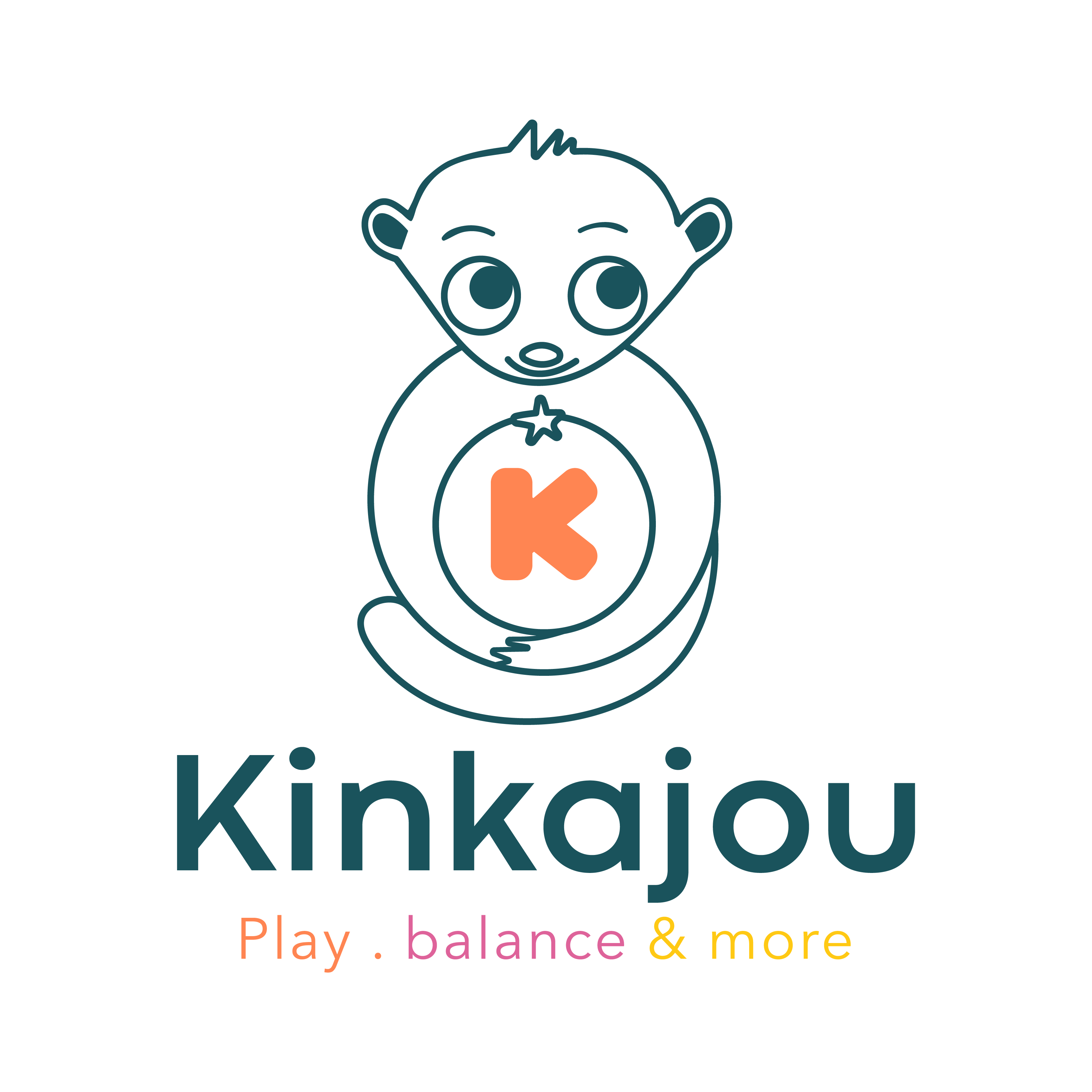A Montessori Pikler triangle is a climbing structure made of wood with rungs that children can climb up and down. It is named after Dr. Emmi Pikler, a Hungarian pediatrician who developed the Pikler triangle to encourage children's motor development and independence.
You can check our best seller pikler triangle here. You can also couple it with our double sided slide, check it out here.
Pikler triangles are suitable for children from around 6 months to 6 years old. However, it is important to note that all children develop at their own pace, so it is important to let them explore the Pikler triangle at their own comfort level.
Here are some of the benefits of using a Montessori Pikler triangle:
- Motor development: Pikler triangles help children develop their gross motor skills, such as climbing, balancing, and coordination.
- Independence: Pikler triangles allow children to explore their environment and learn new skills at their own pace.
- Confidence: Children gain confidence in their abilities as they master new challenges on the Pikler triangle.
- Imagination: Pikler triangles can be used for a variety of imaginative play activities, such as climbing up to a fort or sliding down a rocket ship.
If you are considering getting a Pikler triangle for your child, there are a few things to keep in mind:
- Safety: Make sure that the Pikler triangle is sturdy and well-made. It should also be placed on a soft surface, such as a carpet or rug.
- Supervision: Children should always be supervised when using a Pikler triangle.
- Encouragement: Encourage your child to explore the Pikler triangle at their own pace and offer support when needed.
Here are some creative ways to use a Montessori Pikler triangle:
- Slide: Place a ramp or slide at the bottom of the Pikler triangle for your child to slide down.
- Fort: Place blankets or pillows over the Pikler triangle to create a fort for your child to play in.
- Tunnel: Place a tunnel under the Pikler triangle for your child to crawl through.
Pikler triangles are a great way to promote children's motor development, independence, confidence, and imagination. They are also a lot of fun for children of all ages.

